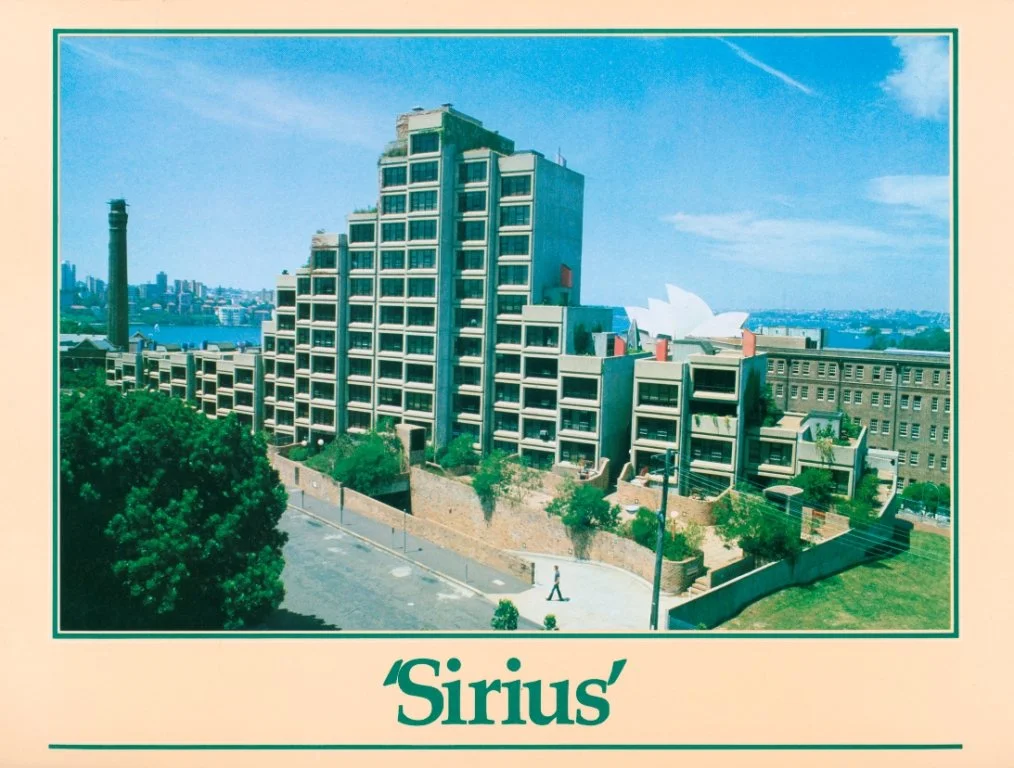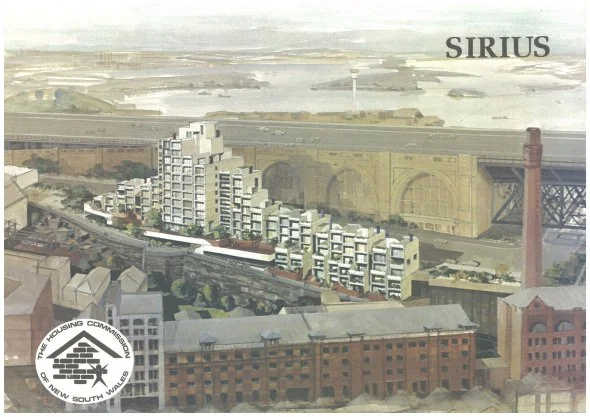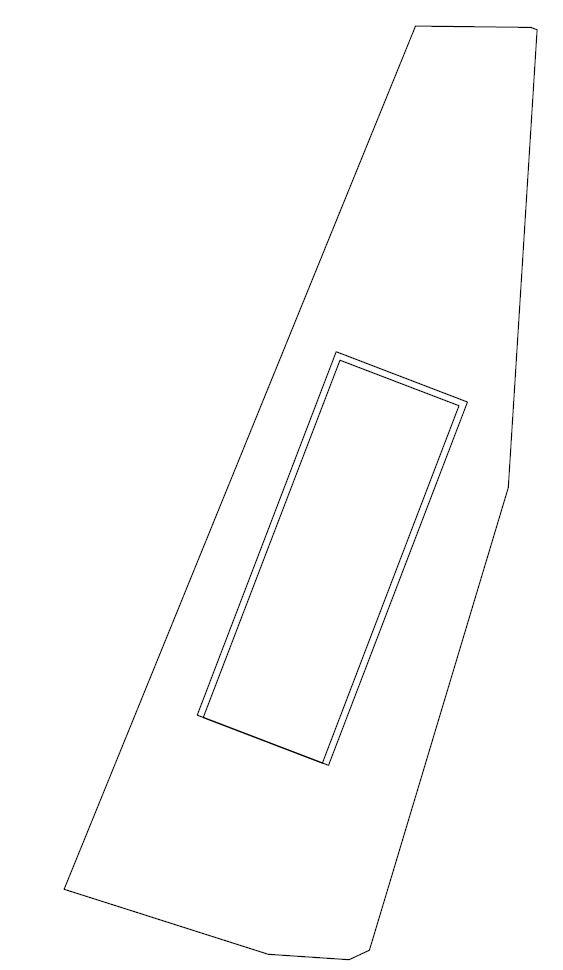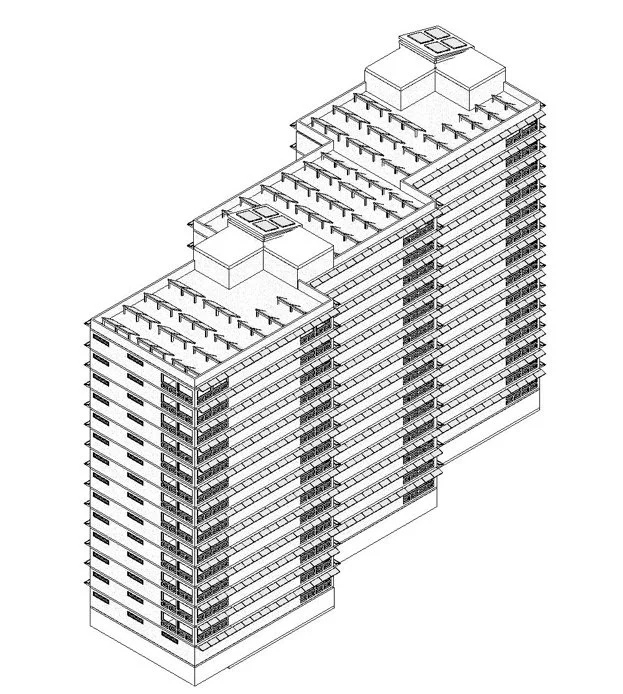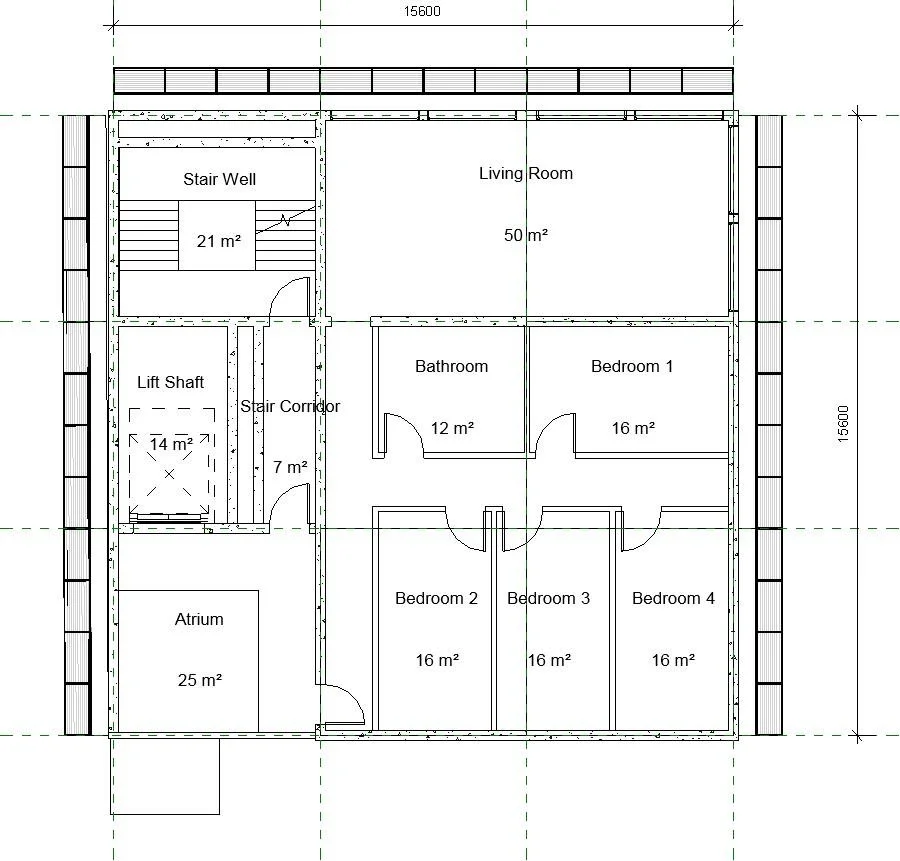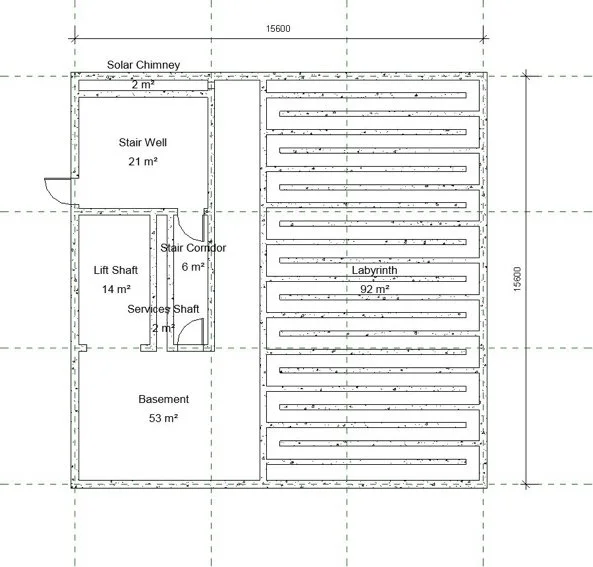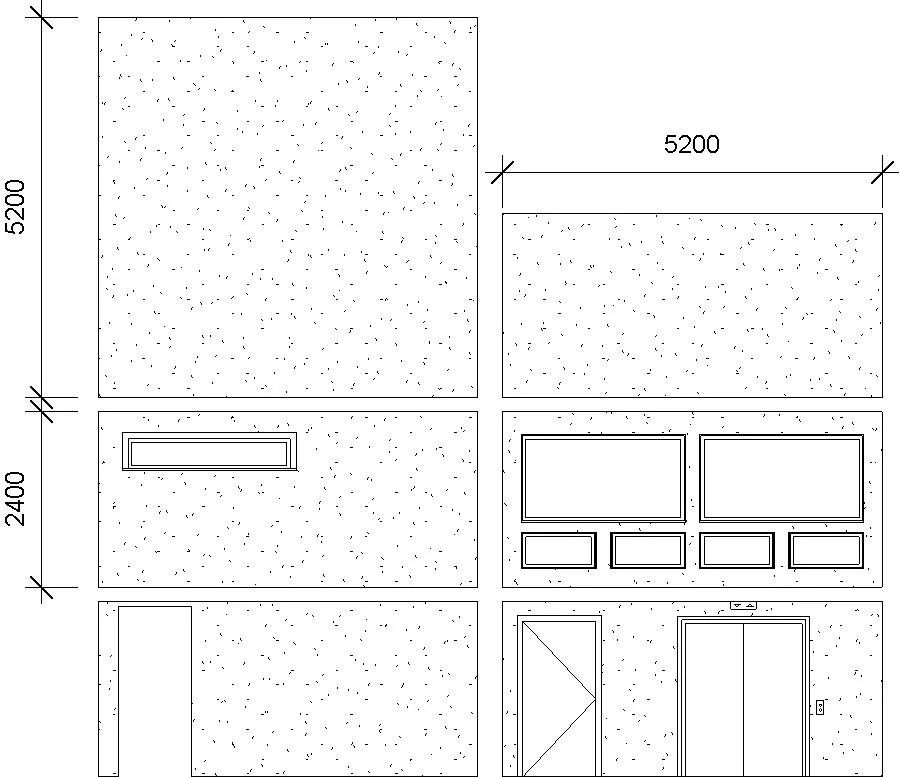COST-EFFECTIVE SUSTAINABLE DESIGN IN HIGH DENSITY AFFORDABLE HOUSING
This research paper was submitted as my honours thesis in fulfilment of my degree of Bachelor of Engineering (Civil) at the University of New South Wales. I was awarded a High Distinction for my submission.
I conducted a feasibility study on the use of environmentally sustainable design and construction techniques to determine if these techniques could be implemented successfully and be economically feasible. Using the Sirius Building in The Rocks, New South Wales, as a precedent for high-density social housing, multiple designs of a set of apartment blocks were completed using the same site and matching the number of apartments provided in the original building.
Potential combinations of features and design elements were analysed for cost, carbon emissions, energy demand and feasibility. The modelling was done within AutoCAD Revit and simulations in Ecotect. The main design features included prefabricated structural elements, natural ventilation, thermal massing, minimisation of construction waste and maximization of reusability for all building elements.
The conclusion reached was that many sustainable design features are cost-effective enough to be used in high-density social housing. The use of sustainable design in social housing is highly applicable as it aligns with the objectives of minimising the use of materials and maximising the effectiveness of all building features at the lowest cost. The results of the study illustrated the trade-off between optimising cost reduction and lowering carbon emissions in the implementation of sustainable design techniques. Often greater initial cost is required to achieve the largest long-term saving.
The feasibility of the techniques and design approach was determined, and their potential for future use was discussed. The value of the most optimal designs are in their broader applicability and adoptability. These designs are multi-faceted and conditional; but the research, reasoning and innovation can provide guidance for similar designs elsewhere. The study helped to progress our ability to address the sustainability issues currently faced in the design and construction industry.
This thesis was the largest piece of work I have done as an individual. The year-long project tested my creativity, my diligence and my ambition. I chose this area of research myself and defined my own thesis topic. I was overly ambitious in the scope of the research, but found the work very engaging and took great pride in what I produced. It was the most difficult part of my university degree but also the most meaningful.
